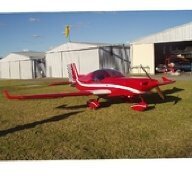-
Posts
154 -
Joined
-
Last visited
-
Days Won
2

graham brown replied to Farcoffs's topic in Aircraft Incidents and Accidents

graham brown replied to Bosi72's topic in AUS/NZ General Discussion

graham brown replied to waraton's topic in Gliders and Soaring Aircraft Usergroup

graham brown replied to waraton's topic in Gliders and Soaring Aircraft Usergroup

graham brown replied to Bosi72's topic in AUS/NZ General Discussion

graham brown replied to Bosi72's topic in AUS/NZ General Discussion

graham brown replied to Bosi72's topic in AUS/NZ General Discussion

graham brown replied to Bosi72's topic in AUS/NZ General Discussion

graham brown replied to Bosi72's topic in AUS/NZ General Discussion

graham brown replied to Bosi72's topic in AUS/NZ General Discussion

graham brown replied to Bosi72's topic in AUS/NZ General Discussion

graham brown replied to Bosi72's topic in AUS/NZ General Discussion

graham brown replied to Bosi72's topic in AUS/NZ General Discussion

graham brown replied to Bosi72's topic in AUS/NZ General Discussion

graham brown replied to Bosi72's topic in AUS/NZ General Discussion

graham brown replied to Bosi72's topic in AUS/NZ General Discussion

graham brown replied to old man emu's topic in Aircraft Incidents and Accidents

graham brown replied to graham brown's topic in AUS/NZ General Discussion

